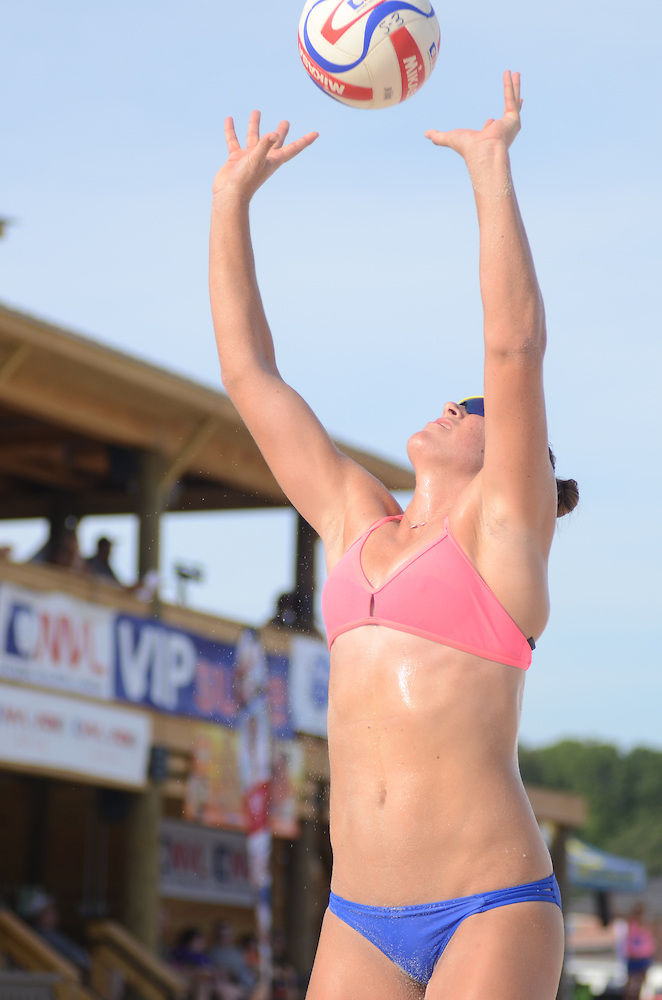 The most important thing a blocker can do to be successful is to read the setter. Because mind-reading is not an option in volleyball, body-language is everything. There are a few things to look for that will help you get a head start in the right direction.
The most important thing a blocker can do to be successful is to read the setter. Because mind-reading is not an option in volleyball, body-language is everything. There are a few things to look for that will help you get a head start in the right direction.
1. Always Keep Your Hands Up:
Knees slightly bent, weight on your toes and hands up above your head; this is the blocking position. The reason to keep your hands high is so you are ready to react at any given moment. Reaction is the key word. Whether the setter decides to go with a quick set or tries to dump the ball over, your body needs to learn how to naturally react. But it all starts with your set up position.
2. Know All of the Setter’s Options:
Hopefully, you have had the opportunity to watch your opponents play before, so you know what sets each hitter likes to hit and where they like to hit it. Depending on where the other team passes the ball, you can determine what the setter’s options are. If the pass is off the net, they probably can’t set a quick set to the middle. If the ball is tight to the net, they may not be able to get it all the way outside, or they may attempt to dump the ball over. If there is a perfect pass, the setter has the option to set to any hitter and you should try to read their body position, and your own team’s body positions.
3. Read the Setter’s Body:
Setters work very hard to be deceptive and all you can do is read the clues. The first clue is to measure the setter’s distance from the ball itself. If the ball is in front of the body, they probably won’t be able to set behind. The opposite is also true. If the pass is perfect and the setter takes the ball on top of the head, you will have to read body language. Where are the setter’s shoulders facing? Is her back arched? Are her arms bent like she is going to push the ball outside or are they straighter so she can set the middle?
4. Know The Setter’s Tendencies:
The best way to get a jump on the setter is to know his tendencies. Each setter’s quirks can help you decipher where he is going to go with the ball. Be sure to do prior research before the game. The more prepared you are going into the game, the better off you will play. Try to watch your opponents warming up and get an idea for their body movements.







